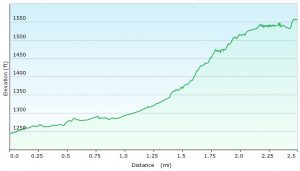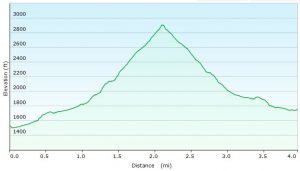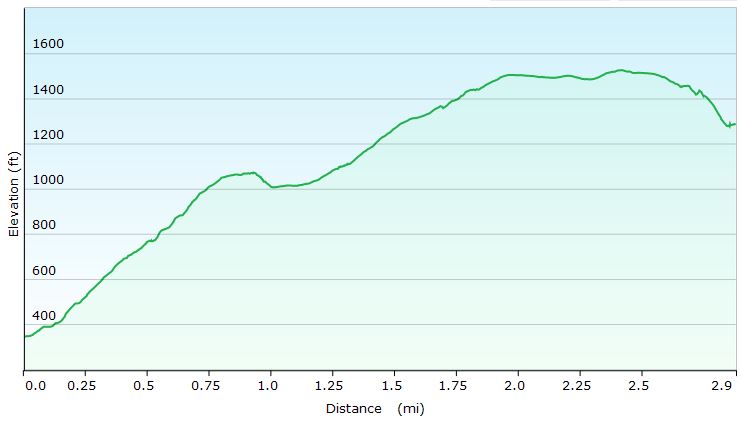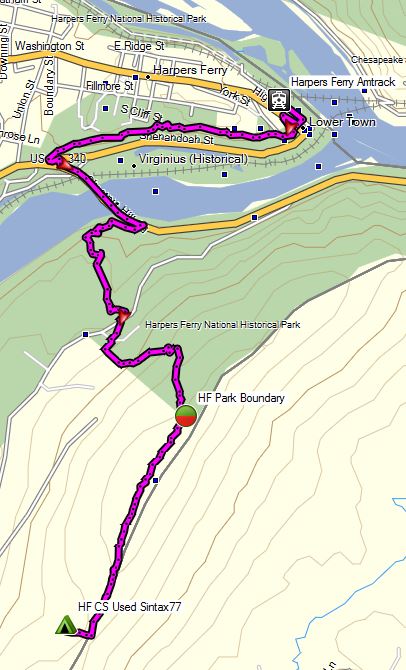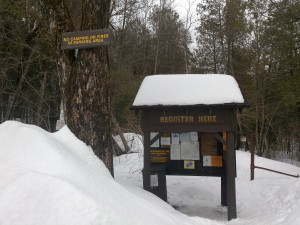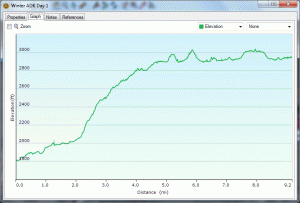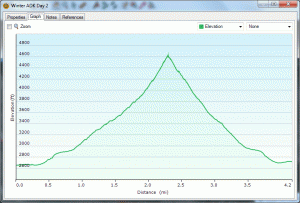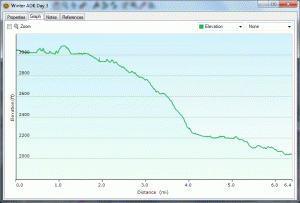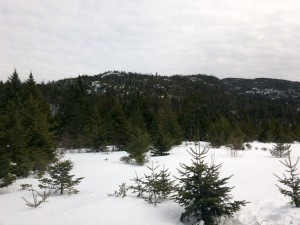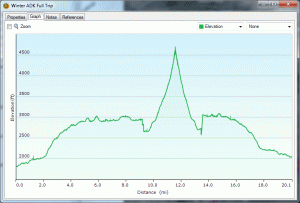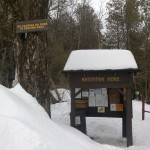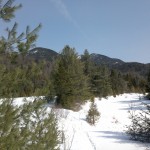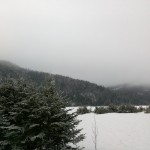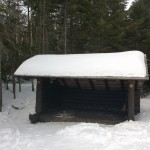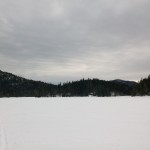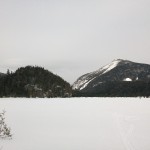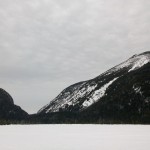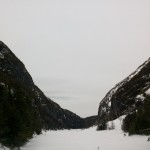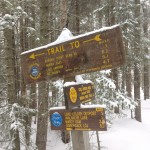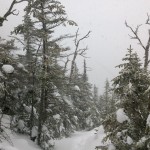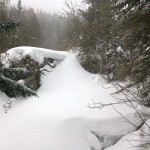Join me for 3 days of Winter Camping, Hammock setup, Snowshoeing, Camp Stove testing with multiple Fuel types for Snow Melting, Cold Weather Clothing tips & more on this mega episode.
For this solo winter backpacking and snow camping adventure, I’ll be heading into the deep snow of the Sandwich Range Wilderness in New Hampshire’s White Mountains. If you’re serious about geeking out on the finer details of camping in deep snow in temperatures below zero F, this video is for you. We’ll be spending a lot of time at camp experimenting, demonstrating and discussing a lot of winter camping topics in detail, including –
- Snowshoe types and usage
- Campsite selection
- Using the Outdoor Vitals Mummy Pod System
- Snow melting for drinking water
- Extensive testing using the Optimus Polaris Optifuel stove comparing several camping fuel types for winter cooking & snow melting – LPG canister fuel, white gas, and diesel fuel. Liquid fuel stove priming, inverted canister mode, fuel efficiency, etc.
- Winter hammock camping tarp setup in the snow.
- Trekking poles for winter hiking
- Staying warm on winter camping trips – clothing layer management and strategy, sleeping bag choices, hot water bottle for supplemental warmth.
Trailhead Parking
- Oliverian Brook Trailhead, Kancamangus Hwy, Albany, NH
- N43° 59.747′ W71° 21.032′
GPS Data for this trip is available on the Trip Data Page, or by using this link for direct download: Sandwich Range Winter 2018 Hammock Camping Trip GPS Data – Sintax77
Stats & Trails Used, Day One
- Park at Oliverian Brook Trailhead.
- Head south on the Oliverian Brook Trail
- Setup camp in the flat area near the junction with Passaconaway Cutoff Trial
Day 1 Mileage: 2.5 miles
Day 1 Elevation Gain: 502′
Stats & Trails Used, Day Two
- Continue south on the Oliverian Brook Trail.
- At the junction, take the Passaconaway Cutoff, towards the summit of Mt Passaconaway.
- Head back down the same way, to return to base camp.
Day 2 Mileage: 4 miles
Day 2 Elevation Gain: 1,473′
Notable Gear Used / Seen on this Backpacking Trip:
Pack
Backpack – EMS Longtrail 70 (2011 model)
Location
GPS Unit – Garmin Oregon 650
Cooking & Eating Utensils
Multi-fuel Camping Stove – Optimus Polaris Optifuel
Cook Pot, 1L – MallowMe
Cup – Vargo 450ml Titanium Cup
Spork, Long – Sea to Summit Alpha
Hammock System
Hammock Body – Dutchware NylonD 11′ Netless
Hammock Suspension – Dutchware Polyester Tree Straps with Titanium Cinch Buckles
Sleep System
Sleeping Bag / Hammock Quilt – Outdoor Vitals Mummy 15° Down Model
Shelter
Tarp – Hammock Gear Cuben Hex Tarp
Ground Cloth – Tyvek, long
Water Storage
Water Bottle – 40 Below 1 Liter Bottle w/ Bottle Boot
Light Sources
Flashlight / Clip-on Headlamp – Olight S1 Mini Baton
First Aid & SOS Messenger
Spot Messenger
Traction & Traversal
MSR Denali Ascent Snowshoes *No longer in production, I got them on Ebay. A modern equivalent would be something like the MSR Evo Ascent Snowshoe
.
Kahtoola Micro Spikes *I didn’t end up using them, as I had my snowshoes on most of the time, but I always throw these in the pack for snow trips to deal with icy terrain.
Trekking Poles – CNOC Outdoors Carbon Fiber Vertex Trekking Poles
Snow Camping Tools
Camp Brand Snow Shovel *I’m not sure my model is in production anymore. The closest current version seems to be the Camp Rocket Shovel
.
Clothing
Mid Layer – Surplus Military Fleece
US Army Gen III Extreme Cold Weather Trousers
Gloves – Sealskinz Water Proof Ultra Grip Gloves
EMS Over-mittens w/ US Army Wool Gloves
Boots, Winter High Top Garmont GTX
Face mask / neck gaiter by Seirus Innovation

